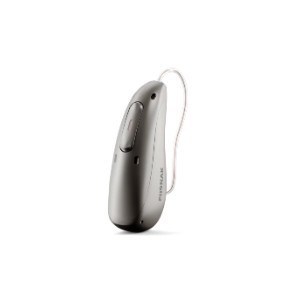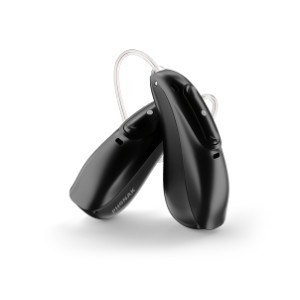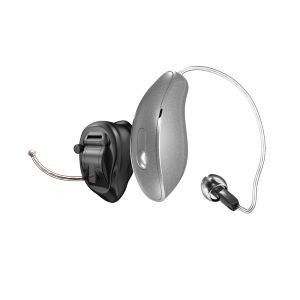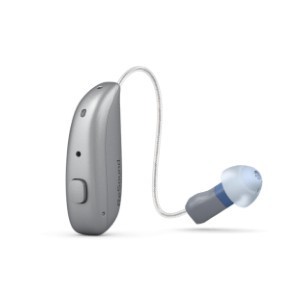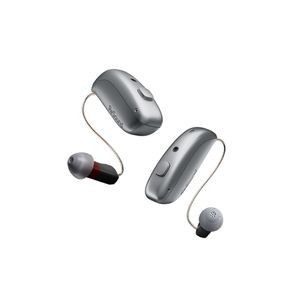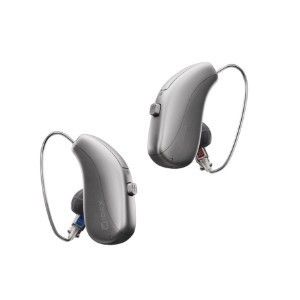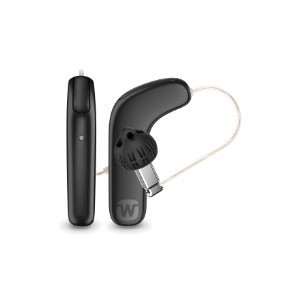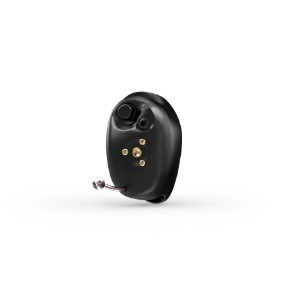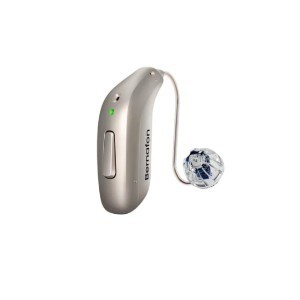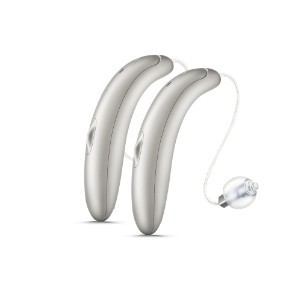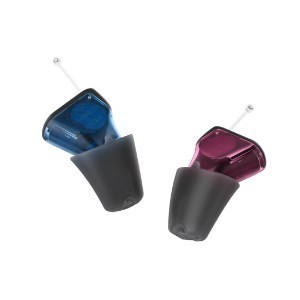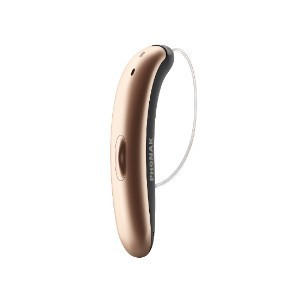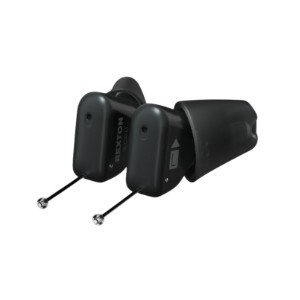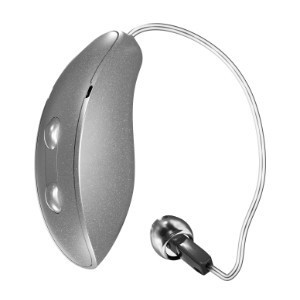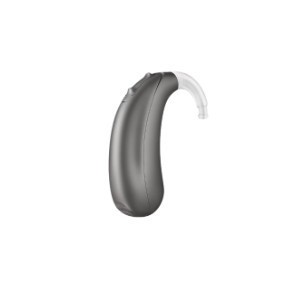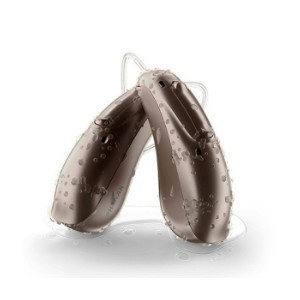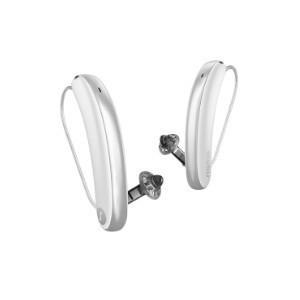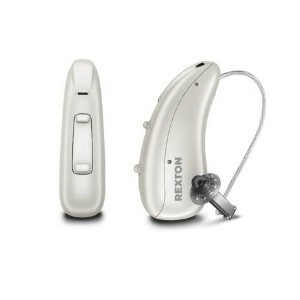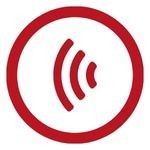Welcome to Hearing Aid UK
Providing a nationwide hearing aid and healthcare service
Wondering what hearing aids are for sale in the UK and how much they are?
The price of digital hearing aids can be an important factor when selecting the best hearing aid solution for you. At Hearing Aid UK we offer low prices on the full range of commercially available digital hearing aids, and we publish our prices for all to see. Our hearing aid prices include all testing, fitting, programming and aftercare for the life of the hearing aids.
Digital hearing aid prices UK
So why are digital hearing aids so expensive? When you purchase a digital hearing aid through Hearing Aid UK you are not simply purchasing a consumer product. You are also employing the services of our audiologists for the life of those digital hearing aids at no extra cost.
This is commonly referred to as “aftercare”. Aftercare includes the likes of periodic hearing tests and assessments, reprogramming of the hearing aids, rehabilitation of the client and much more. A digital hearing aid should last about 5 years if taken care of properly and perhaps much longer.
Most of the digital hearing aids listed on our price list are actually “ranges” of hearing aids. This means that they are available in many different shapes and sizes. Contrary to most people’s belief, the physical size and shape of the hearing aid bears no relation to the cost.
The price is determined by the level of technology contained within the hearing instrument. Here is a list of the most commonly used styles of hearing aids in order of size – starting with the smallest first.
Styles of hearing aids for sale in the UK
- IIC or Invisible in the Canal: The smallest hearing aid and is totally invisible.
- CIC or Completely in the Canal: Slightly larger than an IIC but usually completely invisible. Very small but can be seen when looking directly into the ear canal.
- Half Shell: Occupies half of the outer ear.
- Full Shell: Occupies the whole of the outer ear.
- RIC or Receiver in the Ear: Behind the Ear hearing aid with the receiver (speaker) In the Canal. Very small and very cosmetic.
- RITE: This is just another name for a Receiver in the Ear (RIC) hearing aids.
- Mini BTE: Small Behind the Ear aid but the sound is sent to the ear via a small tube.
- Standard BTE: Slightly larger than a Mini BTE.
- Power BTE: The largest and most powerful hearing aid for severe to profound hearing losses.
Comparing Hearing Aids For Sale
What digital hearing aid manufacturers are available in the UK?
There are six main hearing aids brands
There are six major hearing aid manufacturers or hearing aid brands - namely Oticon, Widex, ReSound, Phonak, Starkey and Sivantos (Signia). Interestingly, the first three are Danish companies. Each manufacturer has its own unique technology and provides a different client experience. It is therefore in the interest of the client to be able to have access to all products available.
Most audiologists in the UK have affiliations with certain manufacturers or offer a limited price list. Hearing Aid UK is able to choose from all commercially available hearing instruments. When our audiologists recommend a hearing instrument then you can be assured that it has been selected from the widest possible choice.
Which type of hearing aid is best for me?
So, how do you choose the right hearing aid? The choice of what hearing aid to choose is perhaps not as straightforward as one may think. There's no 'one size fits all' when it comes to choosing them. The usual procedure is that the hearing aid dispenser recommends a particular model and the client ultimately decides whether or not they are prepared to pay “that much money” and frequently a compromise is sought.
The main factors to consider when selecting a hearing aid are:
- Hearing aid cost: What is your budget?
- Cosmetics: How important is it to you that the aid is as discreet as possible?
- Lifestyle: What are your needs and expectations?
- Usability: Are you able to physically handle the technology? Such as remote controls etc.
- Audiology: What type and level of hearing loss do you have?
Hearing aid prices and comparisons
My advice to any and every prospective hearing aid purchaser is always the same. Always invest in the best technology that you can afford. Only you really know your budget. Sadly, many dispensers are afraid of offering the very best hearing aids to their clients.
This may sound strange but many hearing aid companies charge excessive prices and their dispensers know it. They, therefore, suggest lower technology hearing instruments at a more palatable price.
Cosmetics
There’s little point in buying some hearing aids and then not wearing them because of embarrassment. There are plenty of cosmetic solutions out there so this really shouldn’t be a problem.
Lifestyle
More demanding lifestyles require more clever features. There are many hearing aids that offer wireless connectivity to devices such as television, telephones, mobile telephones and hands-free car telephones.
Although you may not need these straight away you may wish to consider hearing aids that can perform such functions at a later date. Your aids should last at least 5 years and the accessories are actually quite cheap in comparison to the hearing aids themselves.
Usability
Make sure you are comfortable with handling the batteries, inserting and removing the aids, using the remote controls etc.
Audiology
If you have a severe or profound hearing loss then you may require a more powerful hearing aid. This could substantially reduce the options available to you and rule out the smaller hearing aids. Certain rarer types of hearing loss may indicate other specialist technology such as conductive hearing losses requiring bone conduction hearing instruments.
Which type of hearing aid is best for me?
Discuss your needs in-depth with the hearing aid audiologist and ask them to make their recommendations to you and to find out what the best hearing aids are on the UK market. Don’t be afraid to challenge them and ask them to explain their thought process.
Ask them to quote you for the very best hearing aid that would be suitable for you. As a general rule, the very best technology should cost no more than around £1600-£1700 per hearing aid inclusive of a 5-year extended warranty. If they’re asking for more than this write down the hearing aids they have quoted then compare prices on the internet.
►Click here to go back to our hearing aid price list and hearing aids for sale
Hearing Aids for Sale Near Me
- Contact us free on 0800 567 7621 for a phone consultation with one of our audiologists. Alternatively, you can fill out the form below.
- Book a hearing test and have a hearing test with your local audiologist.
- Find the best hearing aid for you.
- Get to know and wear your hearing aids.
- Make any adjustments in your follow-up appointment.
- Free aftercare for the life of your hearing aids.
What's included in our hearing aid prices?
Our specialist service includes:
Do not spend hundreds of pounds without getting a second opinion from us.
Please call us on 0800 567 7621
 Not only are the prices great, but the service is fantastic! Many thanks to your team.
Not only are the prices great, but the service is fantastic! Many thanks to your team.Common FAQs about hearing aids and hearing loss
If you are looking at this page then it is likely that an audiologist has suggested that you purchase this particular hearing aid, so is this the best model for you?
In general, any audiologist will always recommend to you the model that best suits your needs. Here is a useful checklist to make sure that is the case.
- Audiologist level of knowledge: The audiologist you have seen will hopefully have a wide knowledge of all available hearing aids, however, some will only be familiar with a small number of brands and therefore may not really be in a position to know which model is the best for you. It is OK to challenge their recommendation and ask them to justify why this particular brand is the one for you.
- Do research: Read about the hearing aid that was recommended. Does it seem like it will suit your lifestyle? Does it have more or fewer features than you need?
- Be aware of sales targets: Many high street retailers have specific tie-ins to a particular manufacturer/brand. The hearing aid they have suggested may still be the correct one for you, but do your research so that you know why they might have recommended it.
If in doubt, feel free to give us a call. That's what we're here for. In the meantime, read all about our review of the best hearing aids for 2025 here
If you have significant hearing loss in both ears, you should be wearing two hearing aids. Here are the audiological reasons why:
Localisation: The brain decodes information from both ears and compares and contrasts them. By analysing the minuscule time delays as well as the difference in the loudness of each sound reaching the ears, the person is able to accurately locate a sound source. Simply put, if you have better hearing on one side than the other, you can't accurately tell what direction sounds are coming from.
Less amplification is required: A phenomenon known as “binaural summation” means that the hearing aids can be set at a lower and more natural volume setting than if you wore only one hearing aid.
Head shadow effect: High frequencies, the part of your hearing that gives clarity and meaning to speech sounds, cannot bend around your head. Only low frequencies can. Therefore if someone is talking on your unaided side you are likely to hear that they are speaking, but be unable to tell what they have said.
Noise reduction: The brain has its own built-in noise reduction which is only really effective when it is receiving information from both ears. If only one ear is aided, even with the best hearing aid in the world, it will be difficult for you to hear in background noise as your brain is trying to retain all of the sounds (including background noise) rather than filtering it out.
Sound quality: We are designed to hear in stereo. Only hearing from one side sounds a lot less natural to us.
Fancy some further reading on this topic? You can read about why two hearing aids are better than one in our article, hearing aids for both ears, here
For most people, the main benefit of a rechargeable hearing aid is simple convenience. We are used to plugging in our phones and other devices overnight for them to charge up. Here are some other pros and cons:
For anybody with poor dexterity or issues with their fingers, having a rechargeable aid makes a huge difference as normal hearing aid batteries are quite small and some people find them fiddly to change.
One downside is that if you forget to charge your hearing aid, then it is a problem that can't be instantly fixed. For most a 30-minute charge will get you at least two or three hours of hearing, but if you are the type of person who is likely to forget to plug them in regularly then you're probably better off with standard batteries.
Rechargeable aids are also a little bit bigger and are only available in Behind the Ear models.
Finally, just like with a mobile phone, the amount of charge you get on day one is not going to be the same as you get a few years down the line. Be sure to ask what the policy is with the manufacturer warranty when it comes to replacing the battery.
Looking for more information on rechargeable hearing aids? Read our dedicated page on the topic here
For most people, the answer is yes. But it's never that simple.
The majority of hearing problems affect the high frequencies a lot more than the low ones. Therefore open fitting hearing aids sound a lot more natural and ones that block your ears up can make your own voice sound like you are talking with your head in a bucket. Therefore in-ear aids tend to be less natural.
However the true answer is we can't tell until we have had a look in your ears to assess the size of your ear canal, and until we have tested your hearing to see which frequencies are being affected.
People with wider ear canals tend to have more flexibility, also there are open fitting modular CIC hearing aids now that do not block your ears.
There is also the age old rule to consider, that a hearing aid will not help you if it's sat in the drawer gathering dust. If the only hearing aid you would be happy wearing is one that people can't see, then that's what you should get.
Most people can adapt to any type of hearing aid, as long as they know what to expect. Have an honest conversation with your audiologist as to what your needs are.
Generally speaking, six or more. Unless it's none at all.
The number of channels a hearing aid has is often a simplistic way an audiologist will use to explain why one hearing aid is better than another, but channels are complex and it is really not that straightforward. Here are some reasons why:
Hearing aids amplify sounds of different frequencies by different amounts. Most people have lost more high frequencies than low and therefore need more amplification in the high frequencies. The range of sounds you hear are split into frequency bands or channels and the hearing aids are set to provide the right amount of hearing at each frequency level.
Less than six channels and this cannot be done with much accuracy, so six is the magic number. However, a six channel aid is typically very basic with few other features and is suitable only for hearing a single speaker in a quiet room. The number of channels is not what you should be looking at, it's more the rest of the technology that comes with them.
As a final note, different manufacturers have different approaches. One method is not necessarily better than any other. For example, some manufacturers have as many as 64 channels in their top aids. Most tend to have between 17 and 20. One manufacturer has no channels at all.
Hearing aids are easily lost, misplaced or damaged and typically are one of the most expensive personal possessions an individual can own. We offer hearing aid warranty coverage for £80 per year per aid. Find out more about this service we provide here
All our audiologists use the very latest technology and provide the full range of tests to accurately measure your hearing for free. Find out about what hearing healthcare services we offer all our customers here
Hearing Aid UK offers all their customers free home visiting services, even in a care home environment, for no extra cost. Including hearing tests, fittings, maintenance, check-ups and much more in the comfort of your own home and at your convenience. Find out more information about our home visits here
Here, at Hearing Aid UK, we are dedicated to offering low hearing aid prices. We achieve this by having no head office and low marketing costs. Our hearing aid prices are amongst the lowest you will find anywhere in the world. Explore our prices, brands, and models here
Other pages you might find useful
Ask the Experts
6 Morton Lane
Walkwood
Redditch
Worcestershire
B97 5QA
Latest Launch
When we refer to a product as 'Latest Launch', we mean it is the latest to be released on the market.
New
When we refer to a product as 'New', we mean that the product is the newest hearing aid model on the market.
When we refer to a product as 'Superseded', we mean that there is a newer range available which replaces and improves on this product.
Older Model
When we refer to a product as an 'Older Model', we mean that it is has been superseded by at least two more recent hearing aid ranges.

